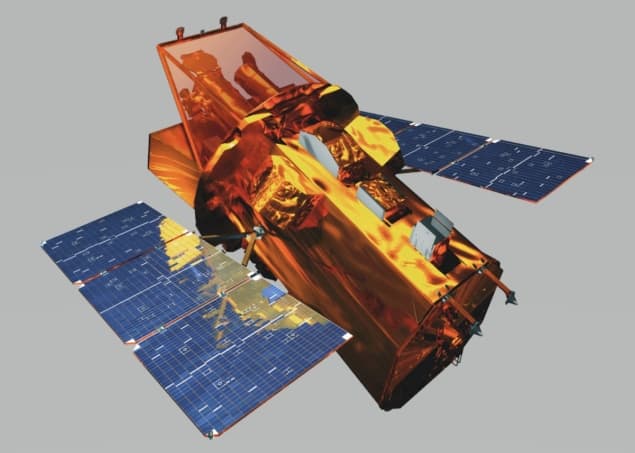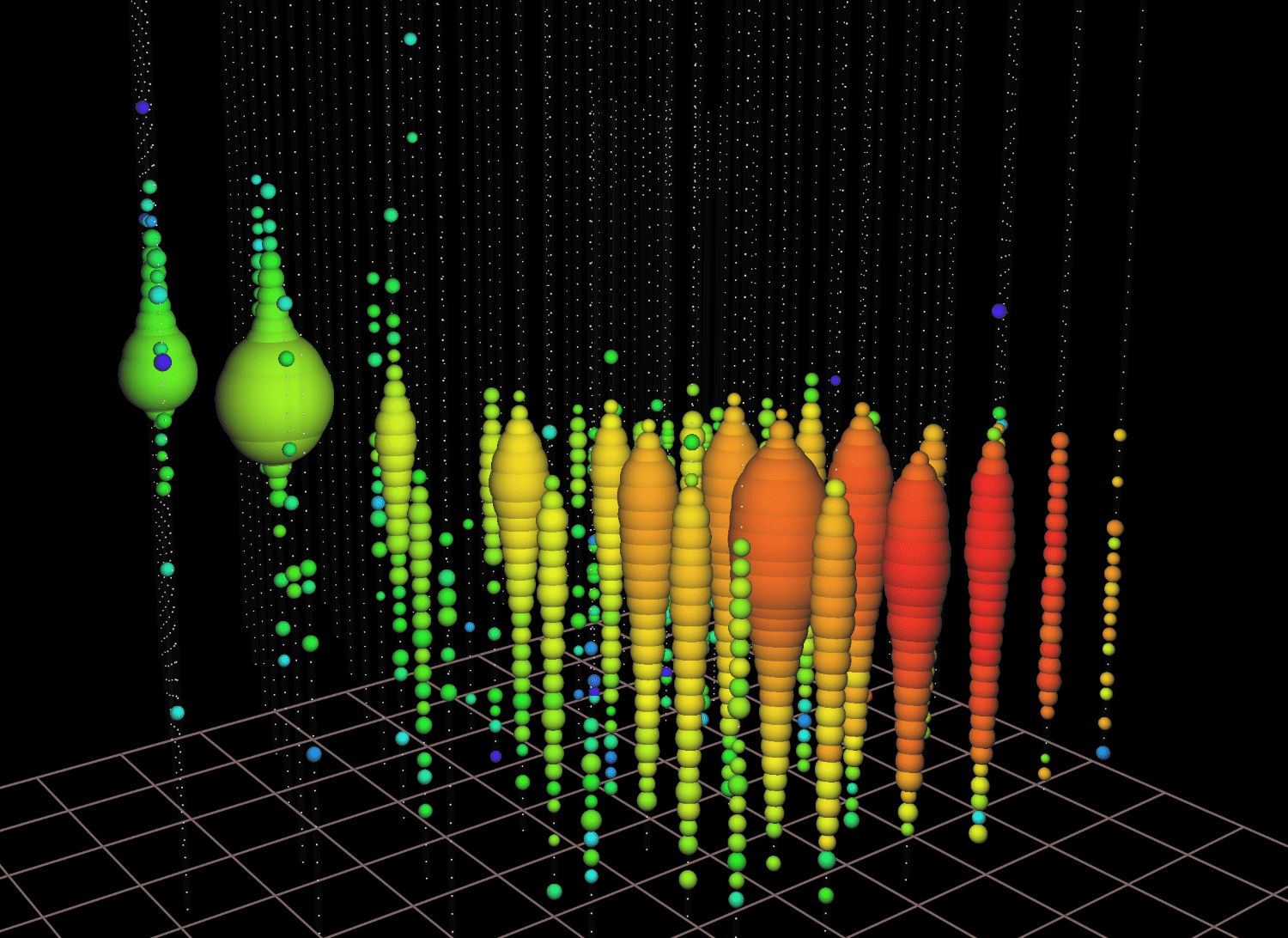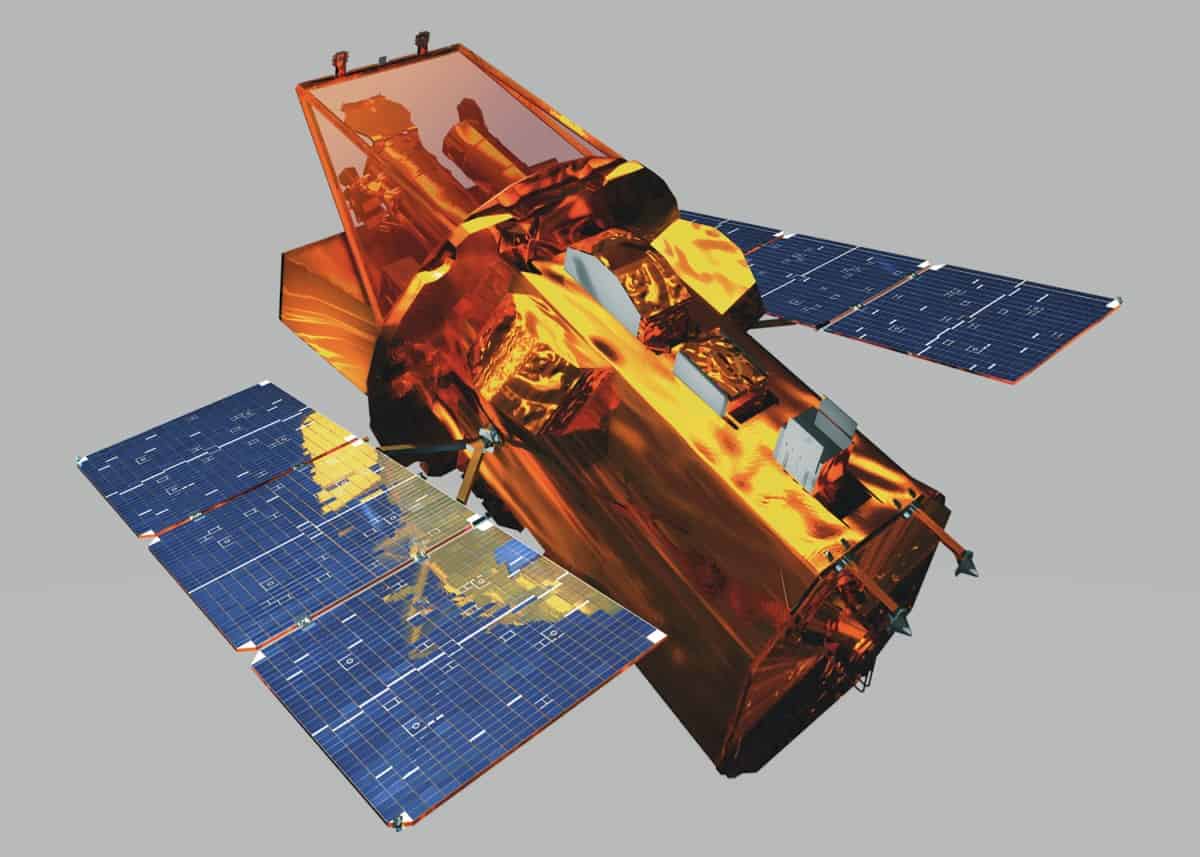
“Mellow” supermassive black holes (SMBHs) at the centres of some galaxies could be the source of mysterious low-energy gamma rays and high-energy neutrinos that have been seen by some observatories, according to physicists in Japan and the US. Shigeo Kimura at Tohoku University and colleagues came to this conclusion by developing models of processes that occur when matter falls into SMBHs. Their results provide guidance to future experiments that will search for the sources of cosmic gamma rays and neutrinos.
The universe is filled with energetic cosmic particles including photons, neutrinos and protons. These are believed to be produced by violent astrophysical processes such as those occurring in exploding stars (supernovae) or in active galactic nuclei (AGN). The latter are regions found at the centres of some galaxies, where material accretes onto an SMBH forming a hot, extremely bright plasma.
Today, astrophysicists do not understand the origins of all the particles that have been seen by detectors such as the IceCube Neutrino Observatory and the Neil Gehrels Swift Observatory, which detects gamma rays. For example, the origin of soft gamma rays in the megaelectronvolt energy range is a mystery as are the origins of high-energy neutrinos in the petaelectronvolt range.
Quiet objects
Kimura’s team focussed on SMBHs that are much quieter than a typical AGN – these are mellow objects that accrete lower quantities of material. Since the plasma that forms around these bodies is less dense, it is far less efficient at radiating heat, and can reach temperatures of tens of billions of degrees.
Under these conditions, photons are emitted by fast-moving electrons as they change direction. These photons are then scattered by other fast-moving electrons in the plasma, which can boost photon energies into the megaelectronvolt range. In addition, protons within the plasma can be accelerated to extremely high energies, via processes including turbulence, and magnetic field reconnection. As the protons collide with other baryonic particles, they can create neutrinos in the petaelectronvolt range.

Mysterious high-energy event in IceCube could be a tau neutrino
Although mellow SMBHs are far dimmer than AGN – which produce higher-energy gamma rays – they are believed to be far more numerous throughout the universe. As a result, these quiet black holes could account for the observed low-energy cosmic gamma rays and high-energy neutrinos.
The team’s predictions cannot be confirmed by observations today, and this will have to wait for the next generation of gamma-ray and neutrino observatories to come online.
The research is described in Nature Communications.
